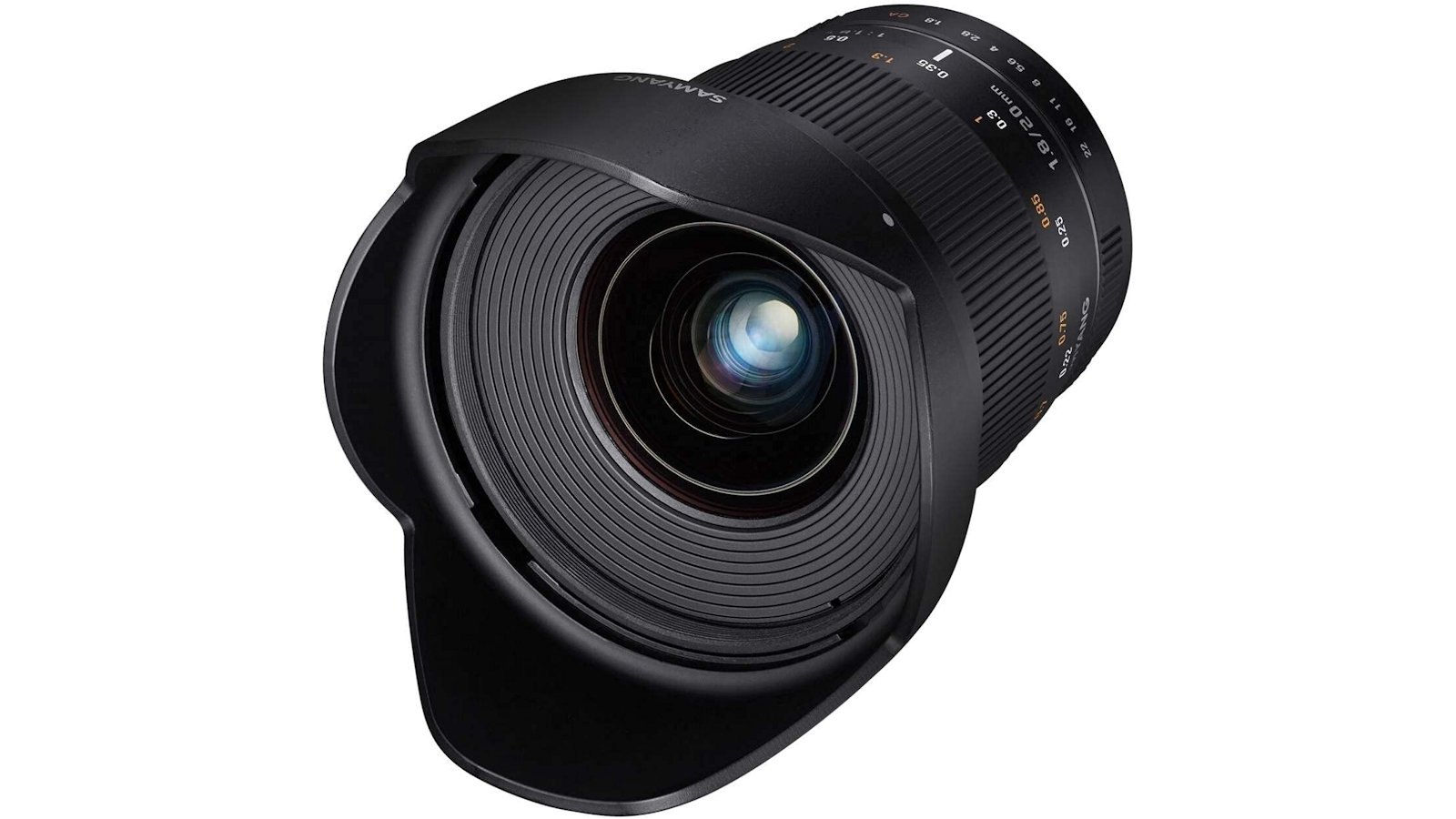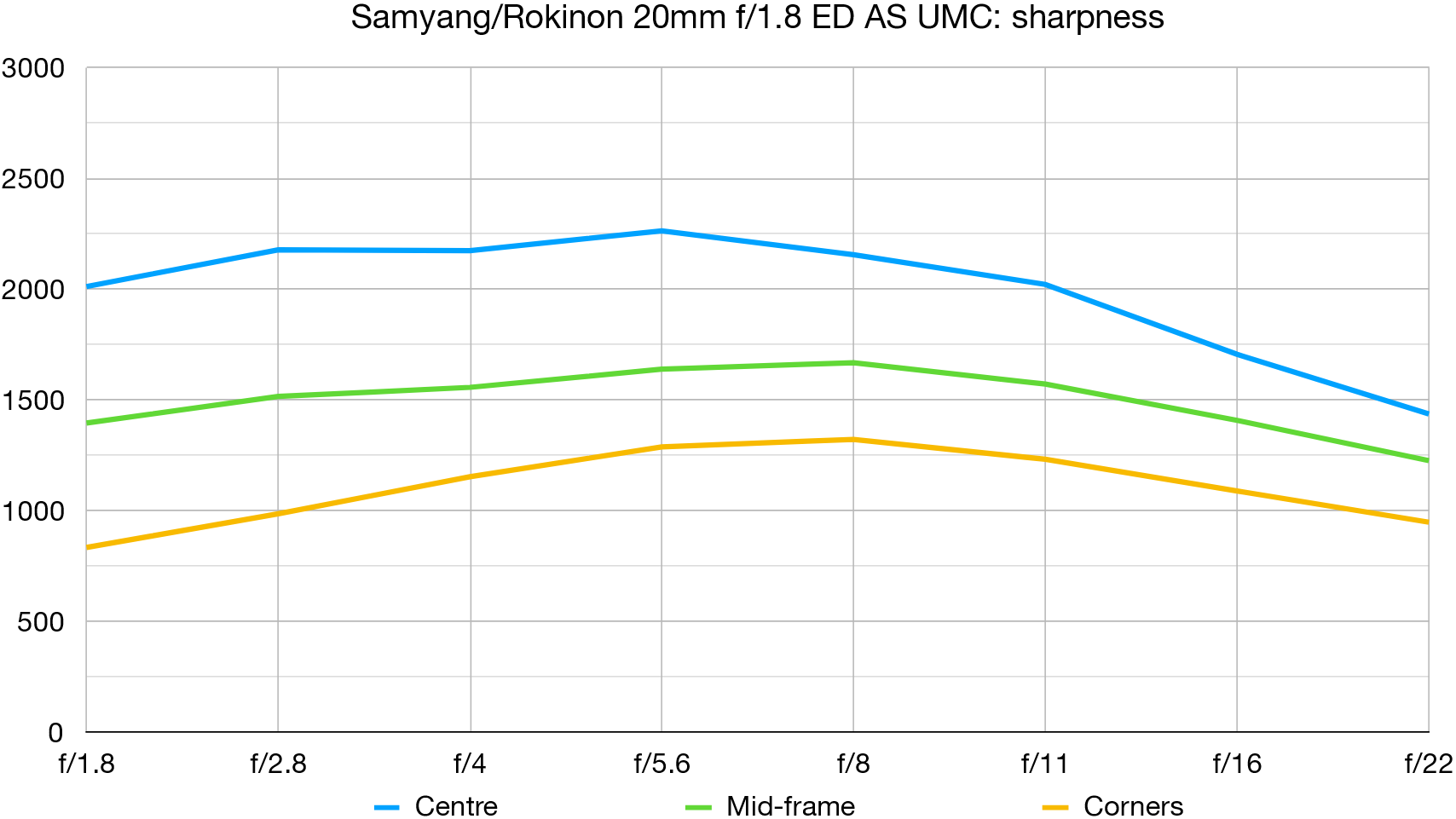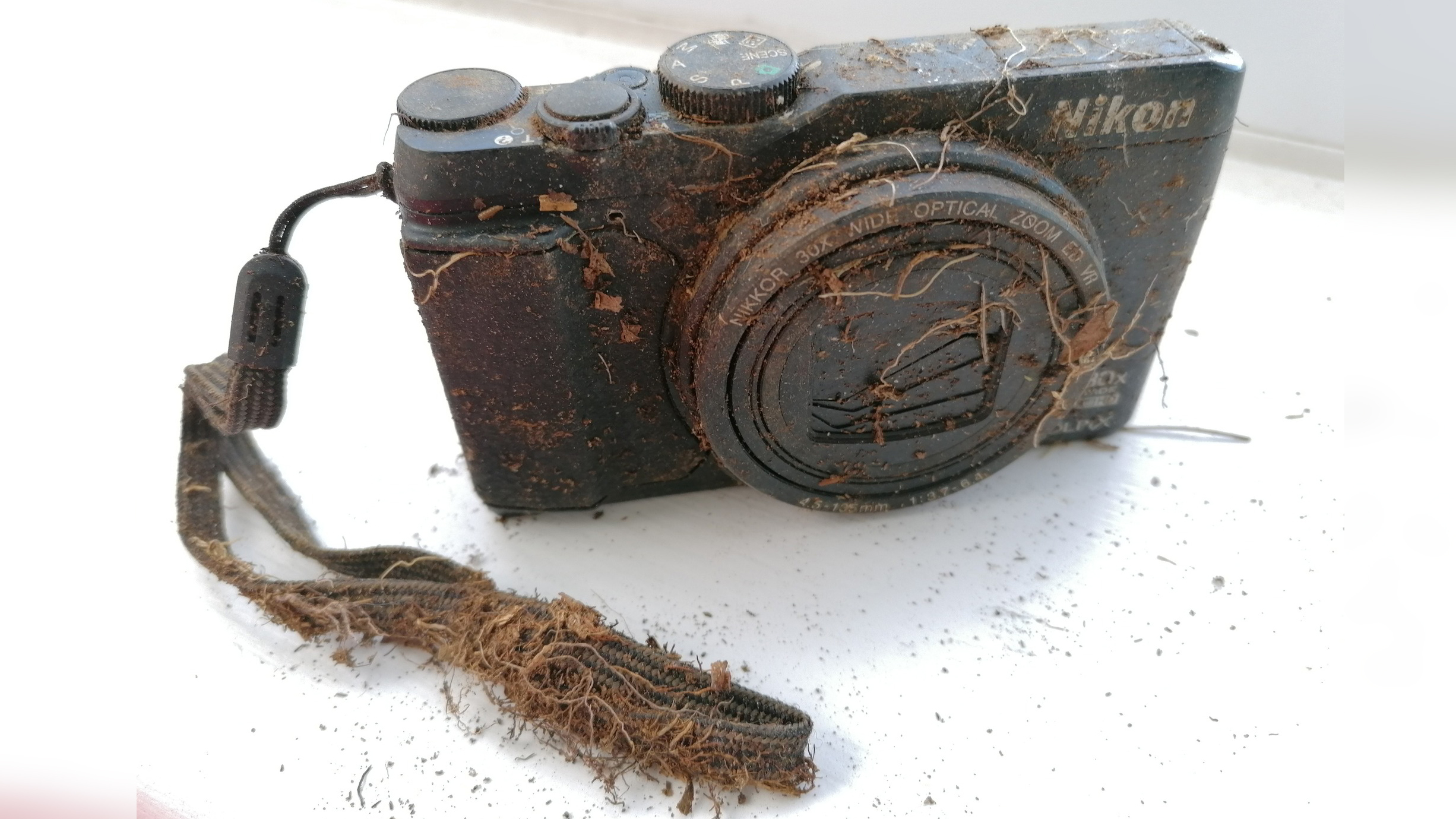Digital Camera World Verdict
The combination of a 20mm focal length and fast f/1.8 aperture make this lens well suited to shooting everything from cramped interiors to rolling landscapes and the night sky. It’s a manual focus lens that’s available in a wide range of mount options, although only the Nikon F and Pentax K options feature built-in electronics, which can be a problem for other makes of camera. Handling and image quality are impressive in all respects, making the lens good value at the price.
Pros
- +
Good build quality
- +
Pleasing image quality
- +
Nice handling
Cons
- -
A ‘dumb lens’ in most mount options
- -
No autofocus
- -
Lacks any weather-seals
Why you can trust Digital Camera World
The Samyang/Rokinon 20mm f/1.8 ED AS UMC is a full-frame compatible, ultra-wide-angle prime lens that’s available in a wide range of mounting options for both full-frame and crop-sensor cameras. As such, it gives a generous 94.8-degree angle of view on full-frame bodies (measured on the diagonal of the frame), 66.9 to 70.3 degrees with APS-C format cameras and a more restrictive 56.1 degrees for Micro Four Thirds. In most mount options, it’s a fully manual or ‘dumb’ lens, with no electronic communication with the camera body.
Specifications
Mount: Canon EF/EF-M, Fuji X, MFT, Nikon F, Pentax K, Samsung NX, Sony A/E
Full-frame: Yes (mount-dependent)
Autofocus: No
Stabilization: No
Lens construction: 13 elements in 12 groups
Angle of view: 94.8 degrees FF, 66.9 to 70.3 degrees APS-C, 56.1 degrees MFT
Diaphragm blades: 7
Minimum aperture: f/22
Minimum focusing distance: 0.2m
Maximum magnification ratio: Unspecified
Filter size: 77mm
Dimensions: 83x86-114mm (mount dependent)
Weight: 488-565g (mount dependent)
Key features
This lens is at its best mounted on a full-frame camera, enabling you to take full advantage of its generous viewing angle. The f/1.8 aperture rating is also a bonus, allowing for manageably fast shutter speeds under very low lighting conditions or when shooting indoors, and for astrophotography.
As a manual-focus lens, the focus ring has a typically long travel and smooth feel. A focus distance scale is printed on the focus ring but there are no depth of field markers for zone focusing. The optical path includes two aspherical elements and three ED (Extra-low Dispersion) elements, and features Ultra Multi-Coating to reduce ghosting and flare.
The Nikon F and Pentax K mount editions of the lens have a built-in processor and electronic communication with the host camera body. This enables you to control the aperture from the camera body and shoot in the whole range of PASM modes, as well as allowing lens-based EXIF data to be stored in images. Another bonus is that the focus assist and confirmation lamps are enabled in the viewfinder. For other mount options, the Samyang is basically a ‘dumb lens’ and you can only control the aperture from the onboard control ring. This results in a dark viewfinder image at narrow aperture settings when using a DSLR.
Unlike some ultra-wide-angle lenses, the Samyang comes with a separate petal shaped hood rather than an integral hood. This allows for the inclusion of a filter attachment thread, which has a 77mm diameter.

Performance
Manual focusing is arguably something of a lost art but it’s fairly easy with this lens, thanks to the relatively large depth of field afforded by the short focal length. Center-sharpness is exceptional, even when shooting wide-open at f/1.8, although you need to stop down to around f/4 before corner-sharpness becomes impressive. Color fringing is negligible at the center of the frame and reasonably minimal towards the corners. Resistance to ghosting and flare is good and barrel distortion is low for such a wide-angle lens.
Lab results
We run a range of lab tests under controlled conditions, using the Imatest Master testing suite. Photos of test charts are taken across the range of apertures and zooms (where available), then analyzed for sharpness, distortion and chromatic aberrations.
We use Imatest SFR (spatial frequency response) charts and analysis software to plot lens resolution at the center of the image frame, corners and mid-point distances, across the range of aperture settings and, with zoom lenses, at four different focal lengths. The tests also measure distortion and color fringing (chromatic aberration).
Sharpness:

Center-sharpness is highly impressive even at f/1.8, and remains so all the way through to f/16, only really dropping off at f/22 due to diffraction. For best corner-sharpness, it’s best to stick to apertures between f/4 and f/11.
Fringing:

Color fringing can be a little noticeable around high-contrast edges within a scene, especially away from the central region of the image frame.
Distortion: -1.28
Barrel distortion is well controlled, given the ultra-wide viewing angle on full-frame cameras, and it’s even less noticeable when using a crop-sensor camera.
Verdict
The combination of a 20mm focal length and fast f/1.8 aperture make this lens well suited to shooting everything from cramped interiors to rolling landscapes and the night sky. It’s a manual focus lens that’s available in a wide range of mount options, although only the Nikon F and Pentax K options feature built-in electronics, which can be a problem for other makes of camera. Handling and image quality are impressive in all respects, making the lens good value at the price.
Read more:
• Best camera lenses to get
• Best Canon lenses
• Best Nikon lenses
• Best Sony lenses
Matthew Richards is a photographer and journalist who has spent years using and reviewing all manner of photo gear. He is Digital Camera World's principal lens reviewer – and has tested more primes and zooms than most people have had hot dinners!
His expertise with equipment doesn’t end there, though. He is also an encyclopedia when it comes to all manner of cameras, camera holsters and bags, flashguns, tripods and heads, printers, papers and inks, and just about anything imaging-related.
In an earlier life he was a broadcast engineer at the BBC, as well as a former editor of PC Guide.


